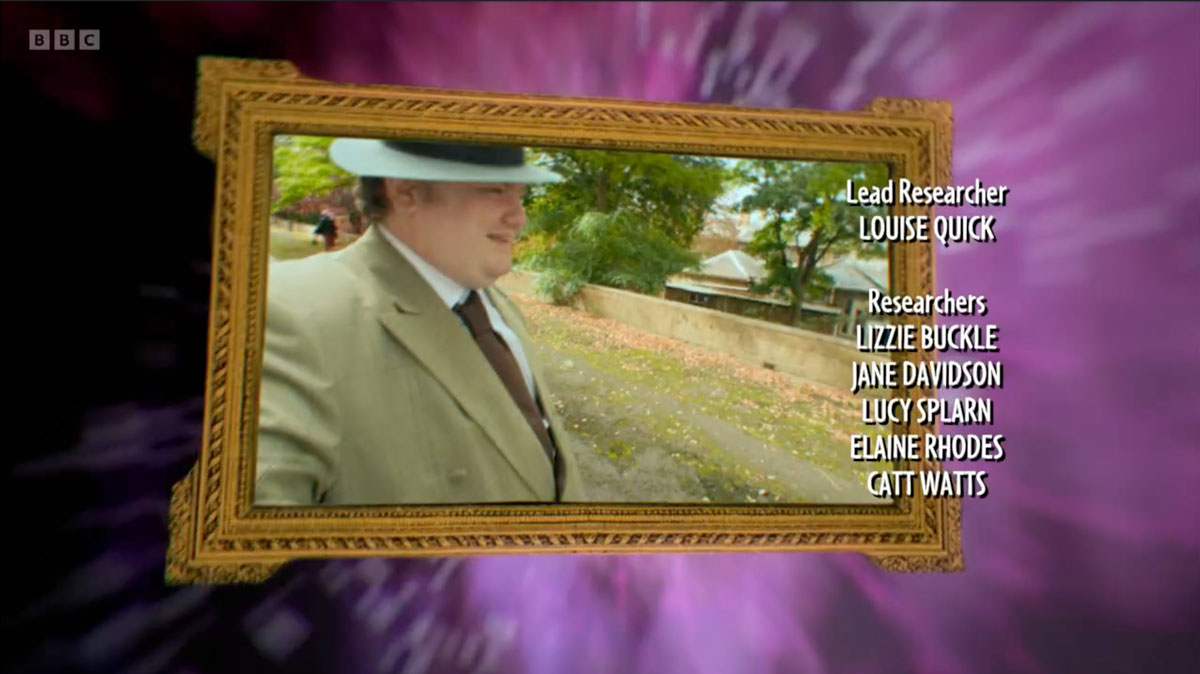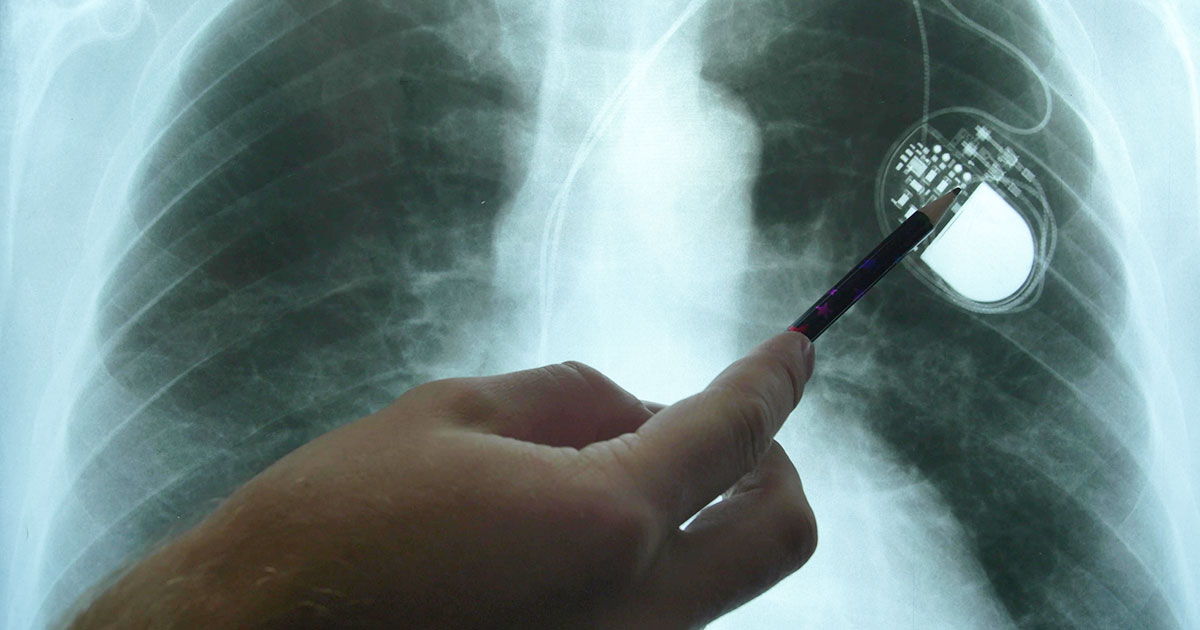As a PhD student you get access to placements that can expand on your skills. Many of these for historians like myself are in archives or publishing but they weren’t really for me. So, when the opportunity to be a researcher for the TV show Horrible Histories came up, I jumped at the chance, and, to my amazement, got it!
I had the pleasure of researching and being involved with Lion TV and loved every minute of it. Unsurprisingly, I managed to find some great animal/medical/veterinary history in my research, and as the new series of Horrible Histories has just started on BBC iPlayer, I thought it was time to share.
As a species, we hairless bipeds like to think our attempts to care for the environment are still quite new and cutting edge. We consider our attempts at recycling as pretty special – but could there be a link with recycling in the veterinary past? Well, of course there could…
Postmortem mysteries
During my Horrible Histories tenure I was able to find some fascinating information on the many crossovers between human and animal care. A lovely article on human postmortem examinations around the 1960s in Britain cropped up when I was searching for relevant information.
Even in that decade, home postmortem examinations were being carried out. This was possibly because of the cost of using mortuaries, but as the title of the article says, Postmortems on the kitchen table1 were carried out, even if they were not common place.
Retired cardiologist Arthur Hollman wished to explore this further and researched the article linked above. He interviewed a number of doctors about home postmortem examinations and there was a surprising moment of recycling from the kitchen table. When interviewed, Dr John Fleetwood, in Dublin, confirmed he used to do home post-mortem examinations. If patients had died suddenly they were examined in the mortuary, but a kitchen table exploration was not unusual for him.
He said: “At a terminal care hospice we had patients with cardiac pacemakers and I salvaged these for the veterinary college where they were put into animals.”
He doesn’t expand on this project so it’s unclear if this was for research into canine or human cardiac issues.

Canine cardiology
Cardiac research from 1949 in Canada2 reported: “Wilfred Bigelow and John Callaghan started using hypothermia to reduce metabolism and produce bradycardia and asystole to permit cardiac surgery.”
Bigelow recalls that during one surgery, the dog’s heart unexpectedly stopped and he did a very “surgeon” act!
“Out of interest and in desperation, I gave the left ventricle a good poke with a probe I was holding. All four chambers of the heart responded. Further pokes clearly indicated that the heart was beating normally with good blood pressure.”
Allegedly, the electric pacemaker was developed as a direct result of these hypothermia experiments. Possibly, the recycled pacemakers were then being used in canine patients to see if the dogs of Canada in 1949 would bring benefit to future generations of canines.

Leave a Reply